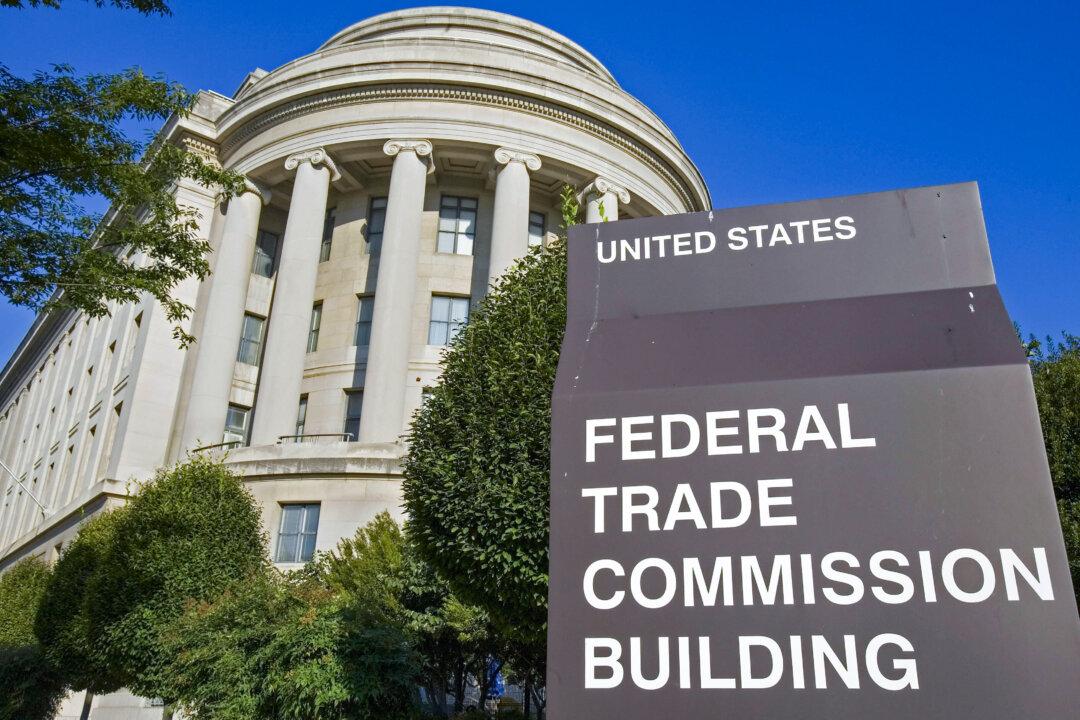Centers for Disease Control and Prevention (CDC) director Rochelle Walensky called the data “encouraging and uplifting” as she announced at a briefing that the agency had reported a seven-day average of around 15,600 new daily cases of the CCP (Chinese Communist Party) virus, the pathogen that causes COVID-19.
“This represents a decrease of more than 30 percent from our prior seven-day average and more importantly it is a 94 percent decrease from the peak of COVID-19 cases we reported in January of this year,” Walensky said.
Walensky said the seven-day average of daily deaths had also dropped to around 360 per day on Wednesday, a figure not seen since March 28, 2020, when the seven-day average stood at 346, before climbing to a first-wave peak of 2,273 on April 21.
“These trends are going in the right direction,” Walensky said, adding that new hospital admissions are down around 83 percent since their Jan. 9 peak of a seven-day average of nearly 16,500 daily admissions.
Speaking at the briefing, White House COVID-19 response coordinator Jeff Zients attributed the encouraging numbers to the robust vaccine rollout.
“We have built a best-in-class vaccination program,” Zients said, noting that 63 percent of adult Americans have received at least one shot, with 52 percent of them fully vaccinated.
“Already 12 states have 70 percent of adults with at least one shot,” Zients said. “That’s an important milestone. And 28 states and the District of Columbia have fully vaccinated 50 percent or more of their adult population. As a result, in communities and states across the country, the pandemic is in retreat.”
President Joe Biden has set a goal of vaccinating 70 percent of adult Americans with at least one shot by July 4, an objective that may be foiled by falling vaccine uptake rates.
“The bottom line is that if you are unvaccinated, you are still at risk of getting seriously ill or spreading the disease to others,” Zients said, before announcing a month-long vaccination blitz, an “all-of-America effort” that includes free drop-in childcare to allow parents to get vaccinated, extended hours of local pharmacies for vaccinations, and Anheuser-Busch offering to “buy America’s next round” of beer, seltzer or nonalcoholic beverage if the 70 percent by July 4th goal is met.






Friends Read Free